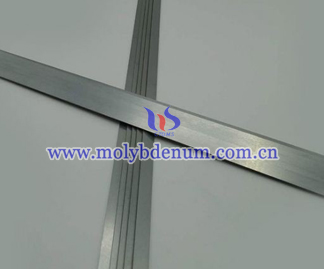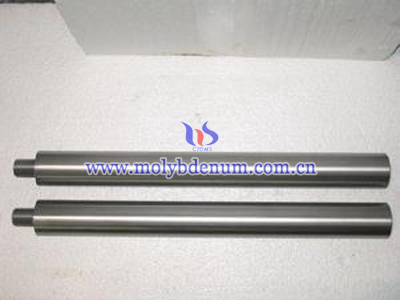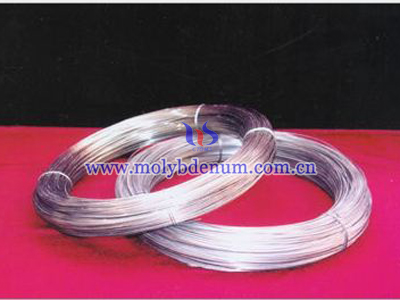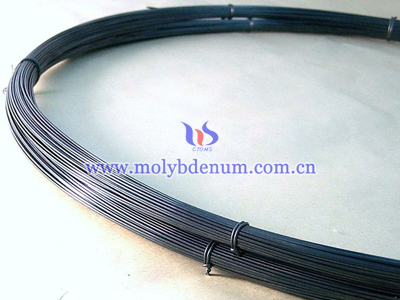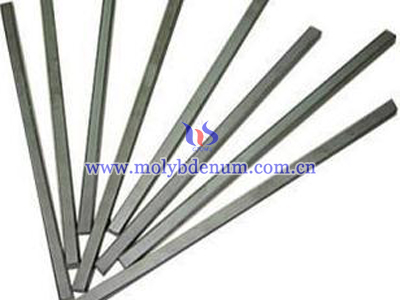Plate and Rod Molybdenum Electrode Comparison
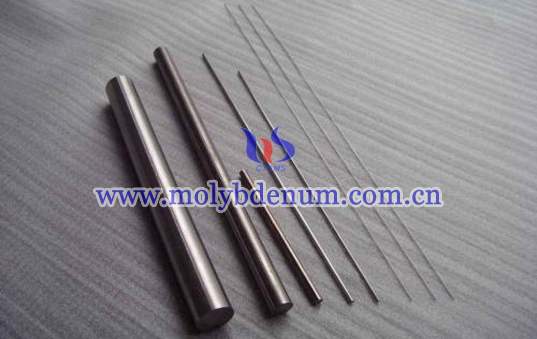
The plate and rod molybdenum electrode comparison are as follow.
Plate molybdenum electrode compared with rod molybdenum electrode although there are many advantages, such as big heated area, heating uniform. But it still has limitations such as adaptability is poor. When accidents occur, the plate electrode easily exposed to the air, due to oxidation and burning out. Re-exchange electrode must shut down for several days, seriously affecting production. More seriously, if only a forehearth in glass tank furnace you can not replace. Because S=S1 is equal.That is S1=3.14159×(P02-K02), S2=3.14159× P22-K22), two area differential dS= S1-S2.
In addition, it can calculate the different value of original volume and punch volume, that is forming space V=Vb-V9. This space between the hot glass volume difference value is dV=V9-V;Actual capacity rate and set value difference value is dP = P-Pdes. And prescribed conditions dS <± 0.1lcm2, -1<dV<0cm3 dP<± 0.02.
To evaluate calculated results whether meet the design requirements, if not meet the requirement to amended following data: over capacity rate setting Pdes, Prototype elongation Z, Prototype bottom thickness G4. Punch: root high G1, root radius K1, tip radius of curvature Rα.Prototype: loading radius P2, bulkhead radius P6.Press-and-blow method’s computer operating process and prototype design method is similar to blow-and-blow method, so there will not repeat them.
When brake off the fluid on forehearth the fluid hole will clog. Currently in production of glass containers, the rod molybdenum electrode use is very common. At the same time, in order to increase the arrange density of the rod electrodes, which is increase electrode pairs to improve forehearth heating degree. But rod electrodes tend to cool by water and it will waste a large amount of water, which is the negative side.
In short, rod and plate molybdenum electrode have advantages and disadvantages, according to their respective production to select.

